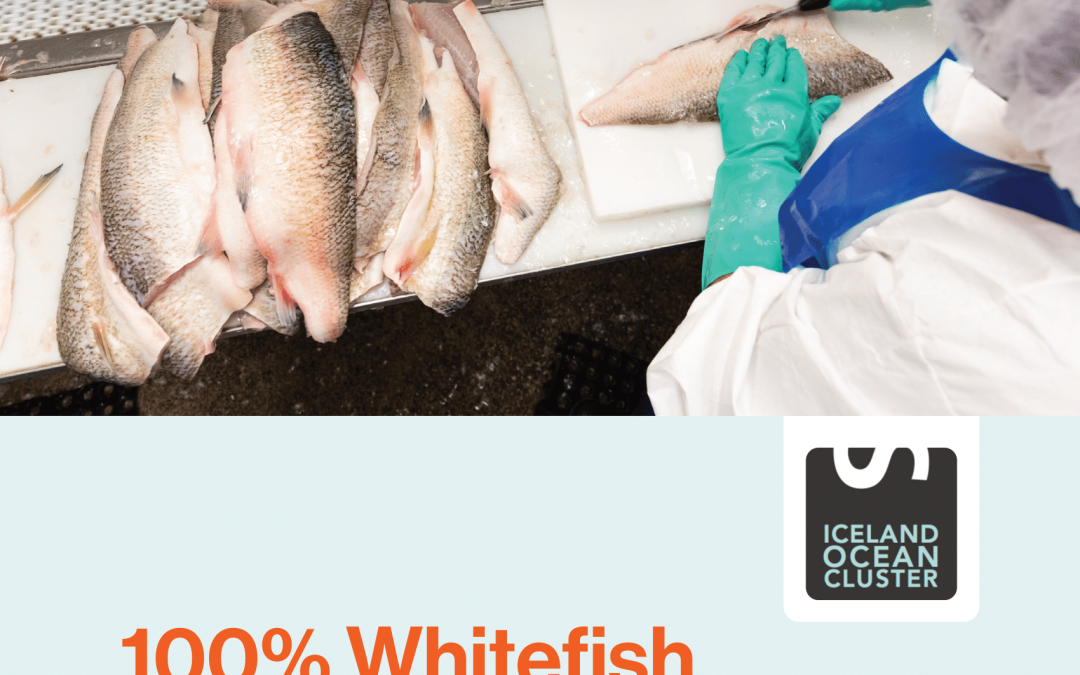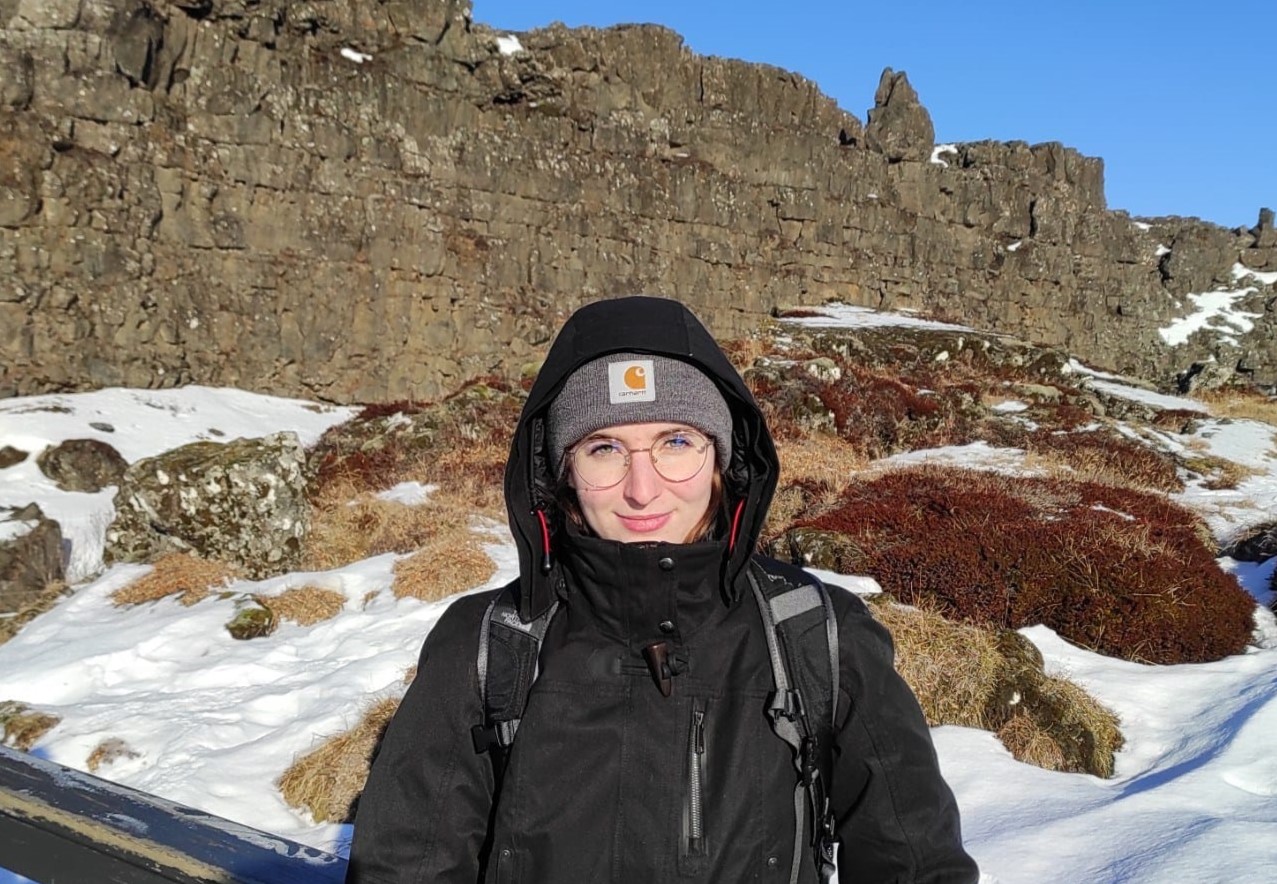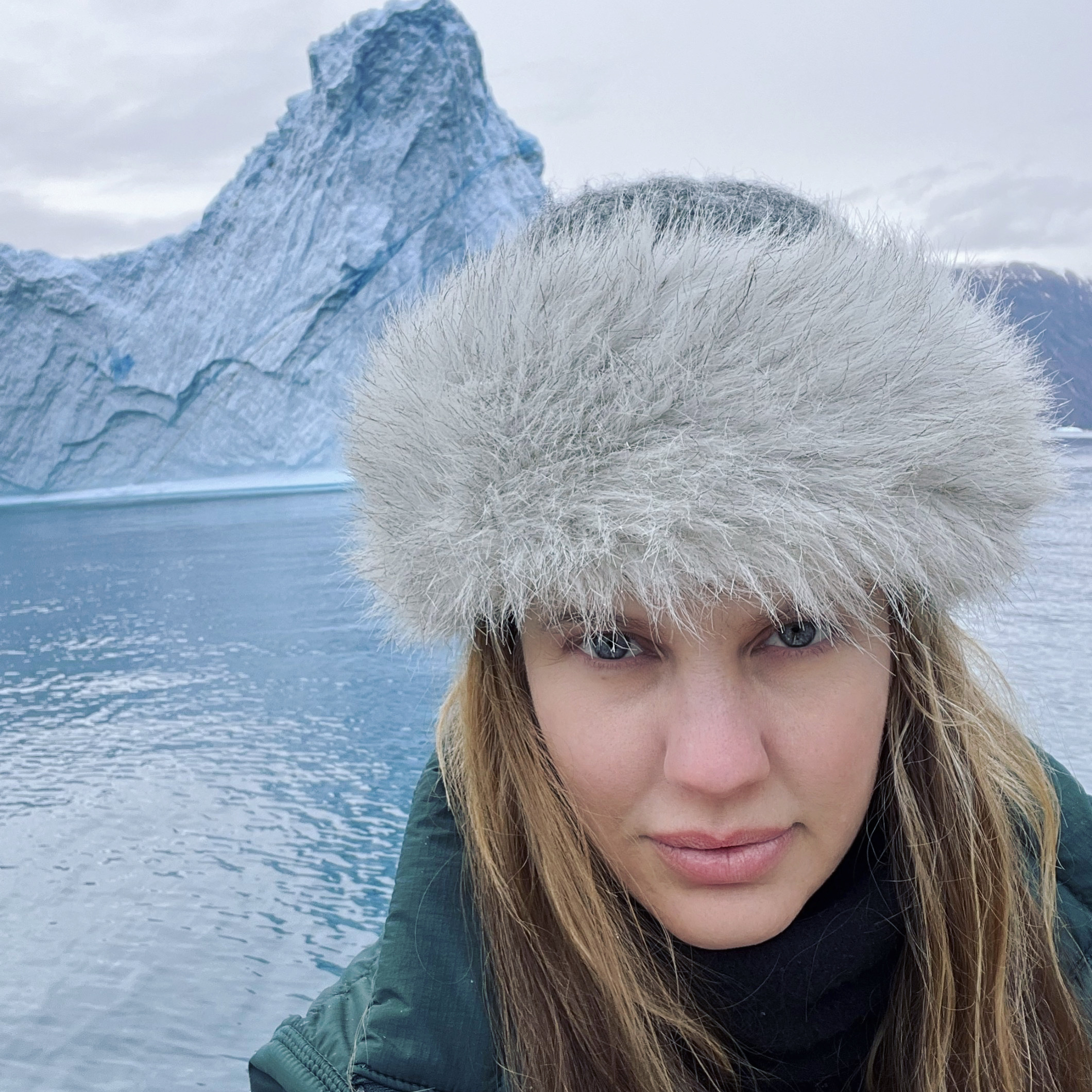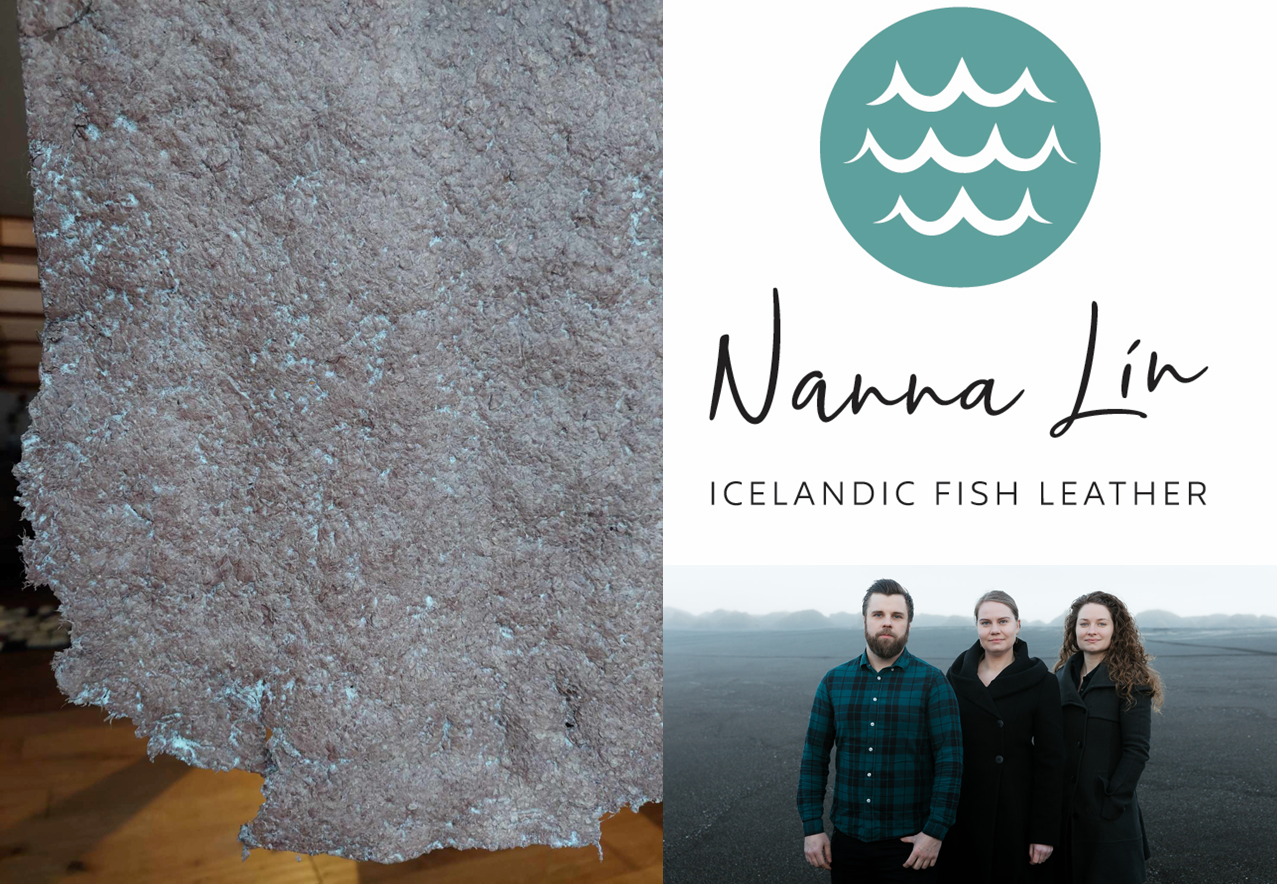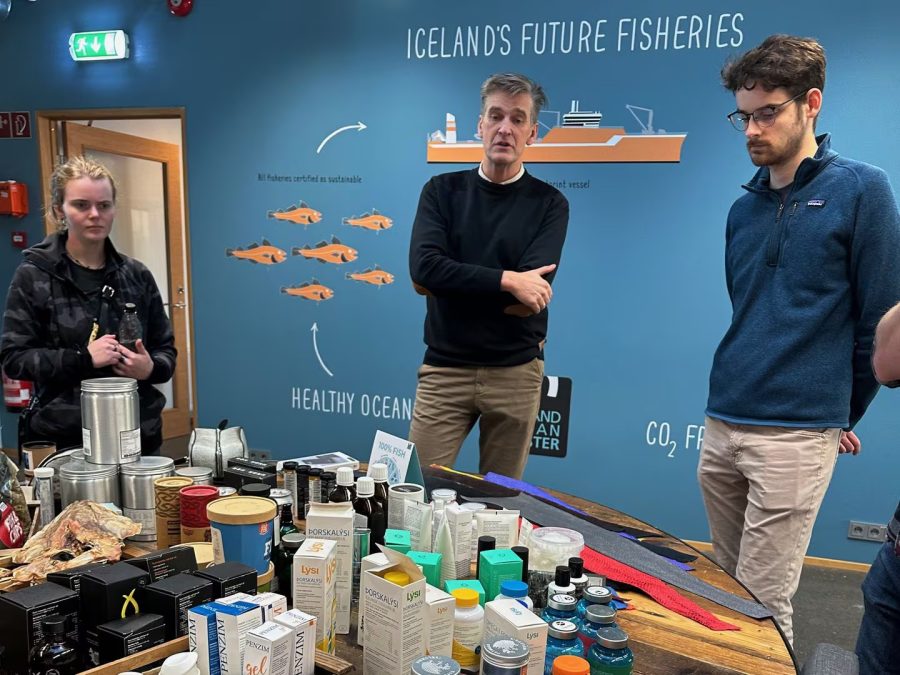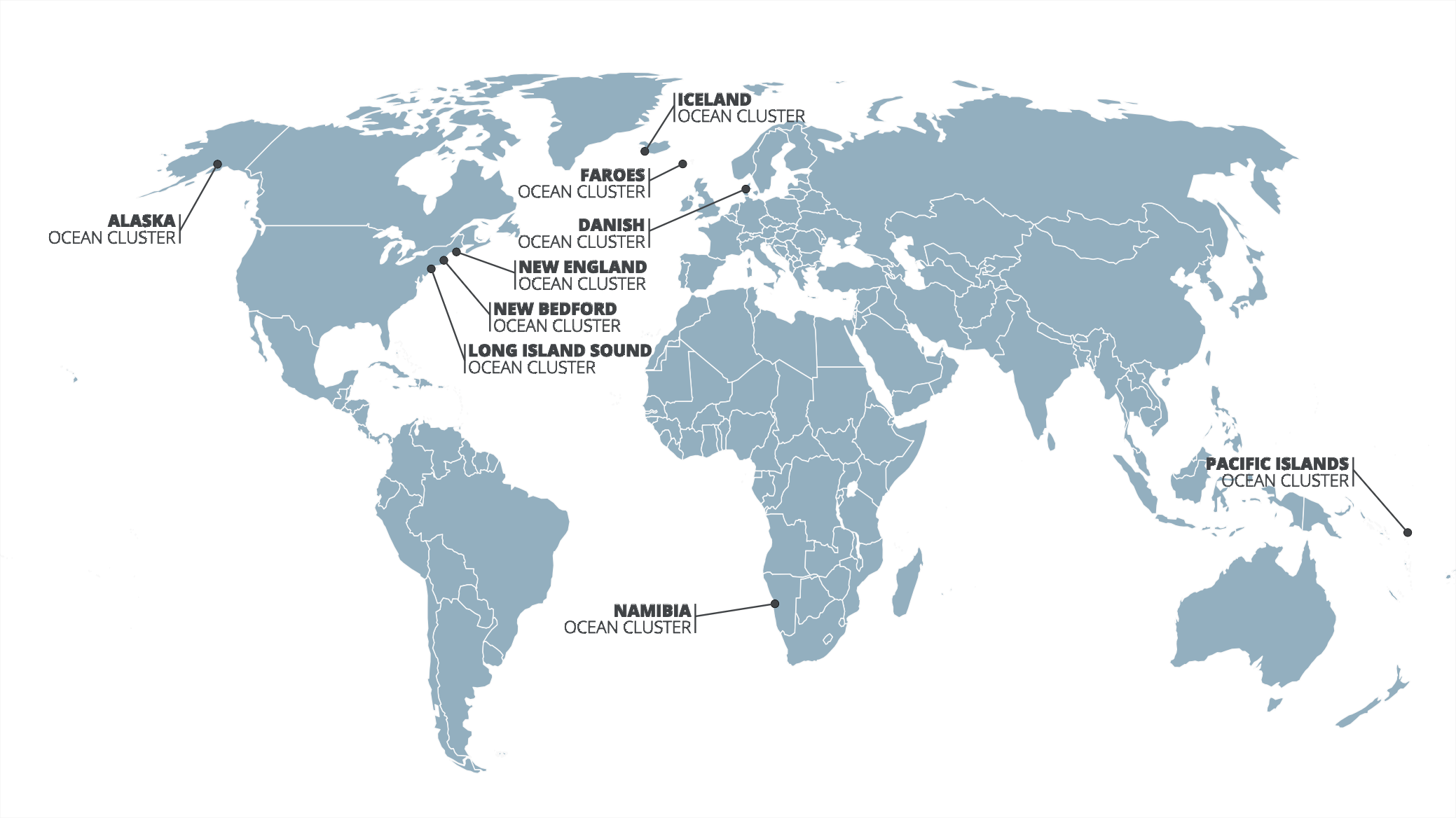Executive summary
Lake whitefish are a key freshwater species in North America and the Great Lakes region. A trend of declining population and international priority on the sustainable use of aquatic resources led to the development of the 100% whitefish project. This project, led by the Great Lakes St. Lawrence Governors and Premiers, aims to increase the utilization of caught fish, drive greater economic returns, create jobs and help develop rural economies. This project is the first of its kind in the region and builds on successful models for 100% fish utilization in Iceland. The following report details a comprehensive background of the Lake whitefish fisheries and the regional Great Lakes fish processing sector, as well as the existing value chains in the region. Matís carried out a detailed biotechnical analysis of Lake whitefish samples followed by a series of site visits in the Great Lakes region by the Iceland Ocean Cluster (IOC). The IOC then followed with an analysis of the value chain and the Strengths Weaknesses Opportunities and Threats (SWOT) of each value chain step. This allowed the IOC to identify three of the best-case value-add strategies that represent low hanging fruit opportunities for increased utilization of the Lake whitefish. Working closely with the research, innovation and industry sectors in the Great Lakes region and Iceland, this report also explores two early-phase prototype tests from the identified value-add strategies and assesses the application of larger-scale automation uses for Lake whitefish.
At the start of this project, the primary use of Lake whitefish was direct consumption of the fillet, some valueadded products (such as Lake whitefish salad) and processing cut-offs that were primarily discarded to landfills, or in some limited cases, were distributed to the agriculture sector as fertilizer or to mink farms for feed. These two examples of by-product utilization of Lake whitefish processing present an important foundation for this project and will be key for the development of 100% whitefish in the Great Lakes region.
Based on the findings of this report and the 100% whitefish project, the three best case value-add strategies that the IOC identified as low-hanging fruit opportunities and are recommended for increasing utilization include: First, extraction of fish protein hydrolysates (FPH) from the heads of Lake whitefish for the feed and food sector. Second, collagen extraction from the scales of Lake whitefish for the functional food and cosmetics sector. Third, production of leather from the skin of Lake whitefish, for the fashion and artisan product sector. Common priorities and needs arose to successfully implement these three value-add strategies. First, the need to fully map the volume and seasonal availability of identified by-products in the region (skin, scales, heads). Second, in two of the value-add cases, the need to pool byproducts from multiple small-scale fish processors to have an economically feasible volume supply. Third, the need for greater connectivity across existing value chain actors and other sectors, such as the fashion and cosmetics sectors. Finally, there is a need for further research, development and investment to optimize these value-add strategies and further opportunities for the 100% utilization of Lake whitefish. While it is not within the scope of this report, it is important to note that the success of all value chains discussed are reliant on a sustainable and well-managed Lake whitefish fishery and the environmental health of the Great Lakes.
There is future opportunity to apply the learnings from this project and report to a wider array of other important fish species in the Great Lakes. There are biological and morphological similarities between Lake whitefish and several other species present in the lakes, such as Walleye, Cisco (Lake herring) and Lake trout where findings from this project could also support the further utilization of these species.

